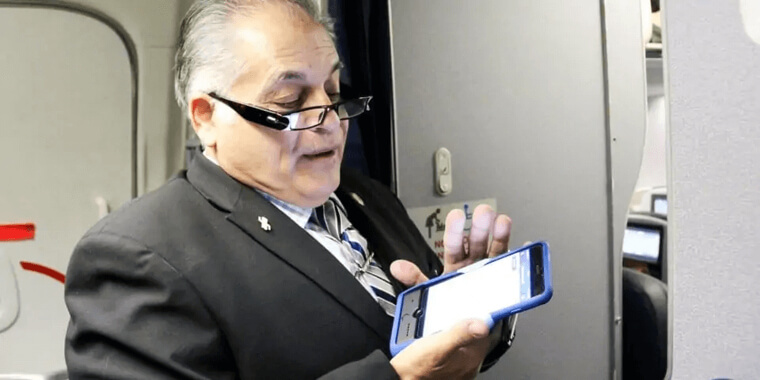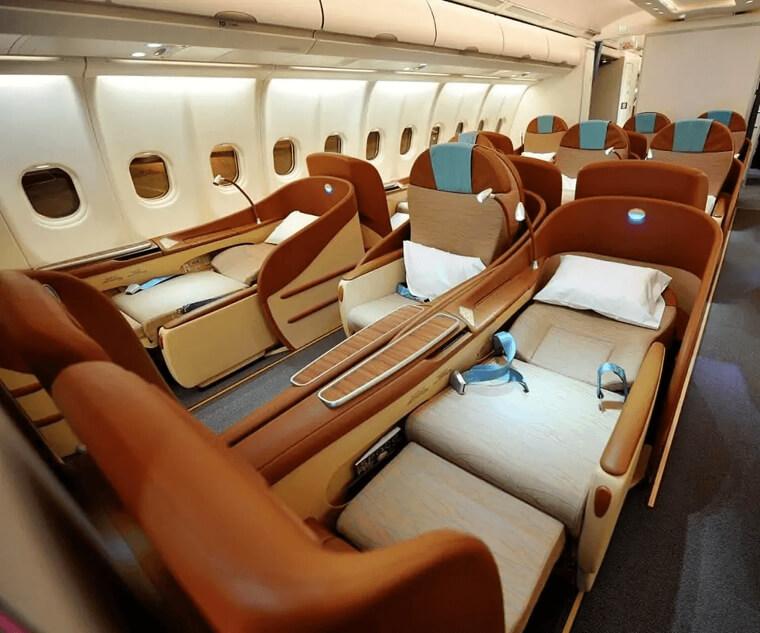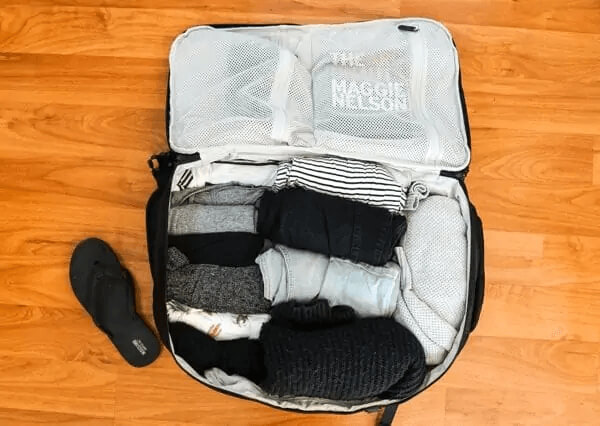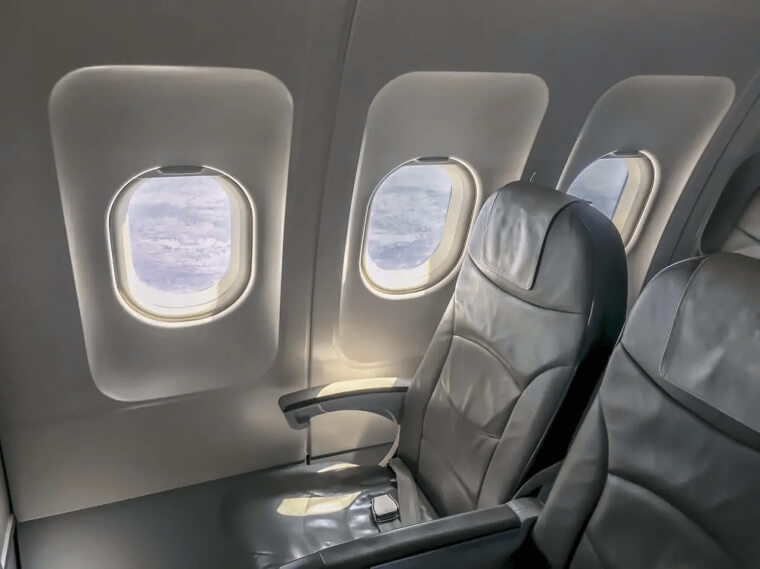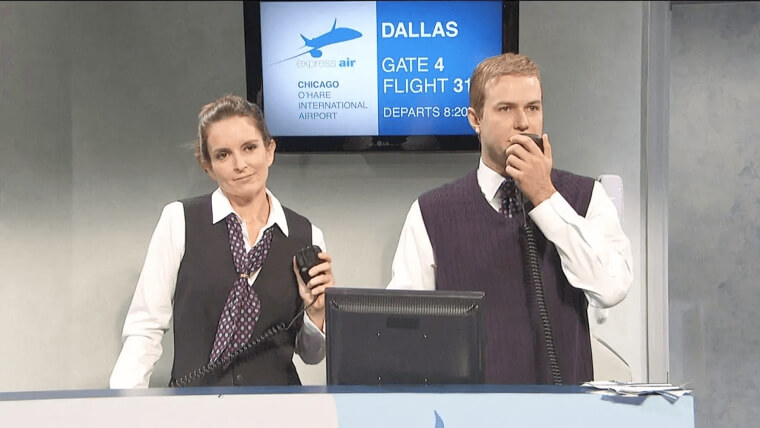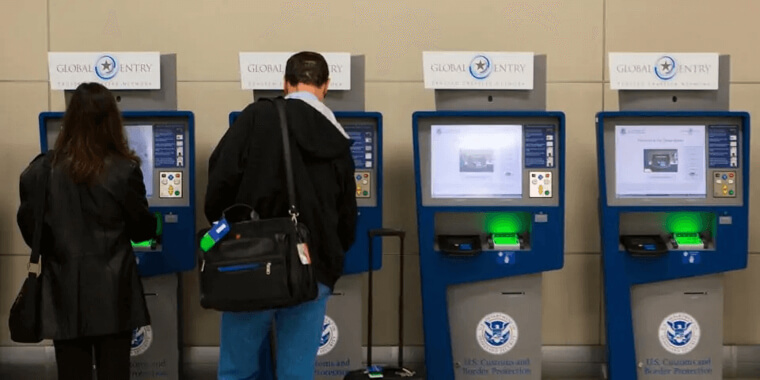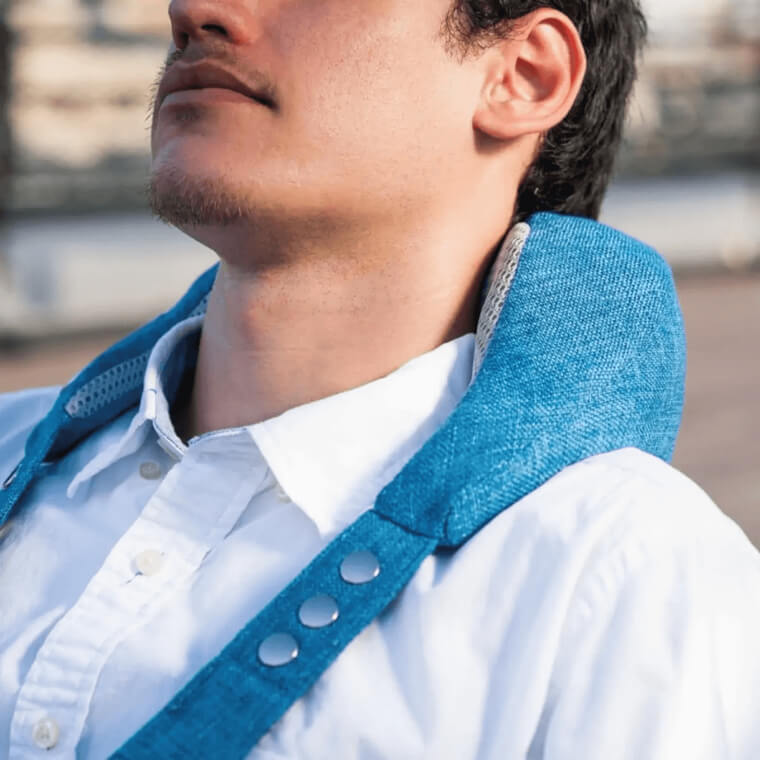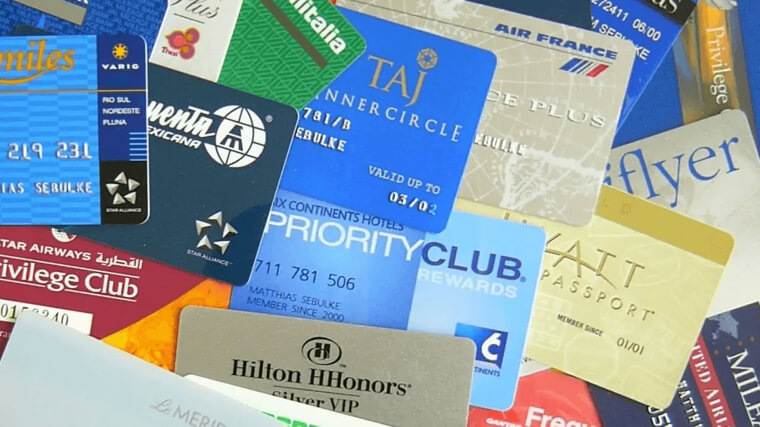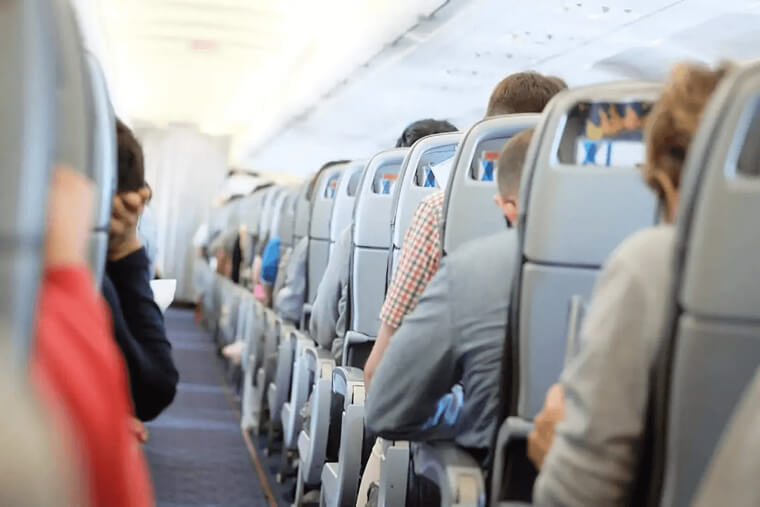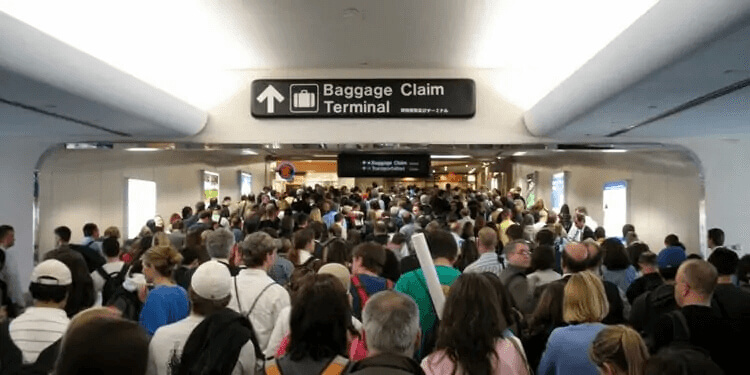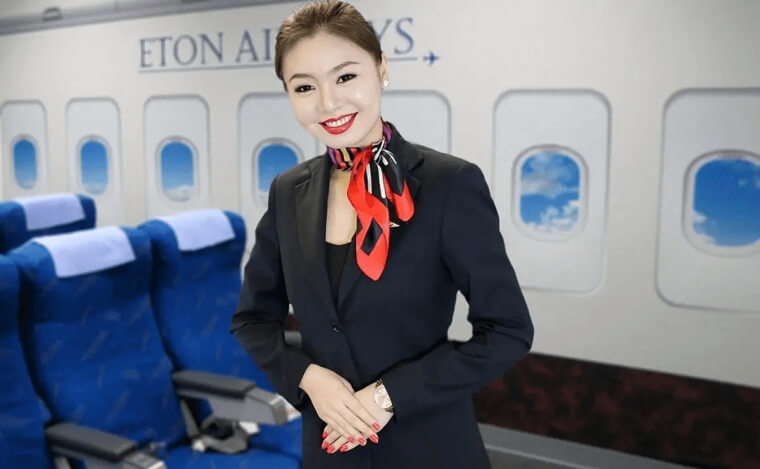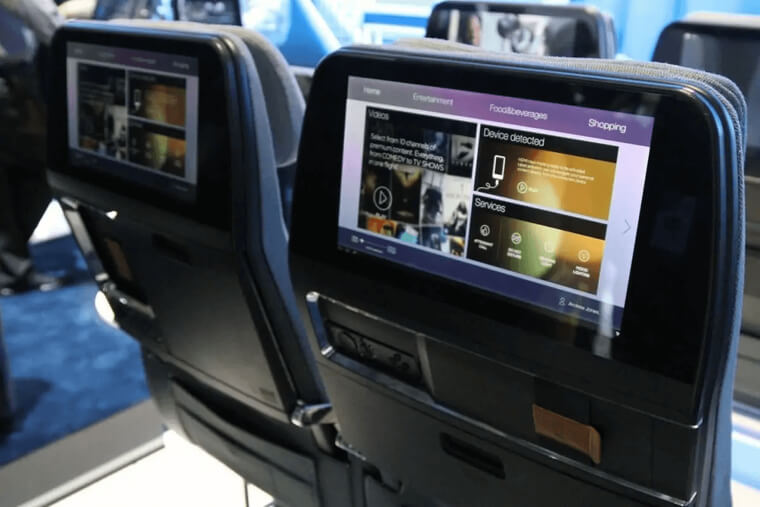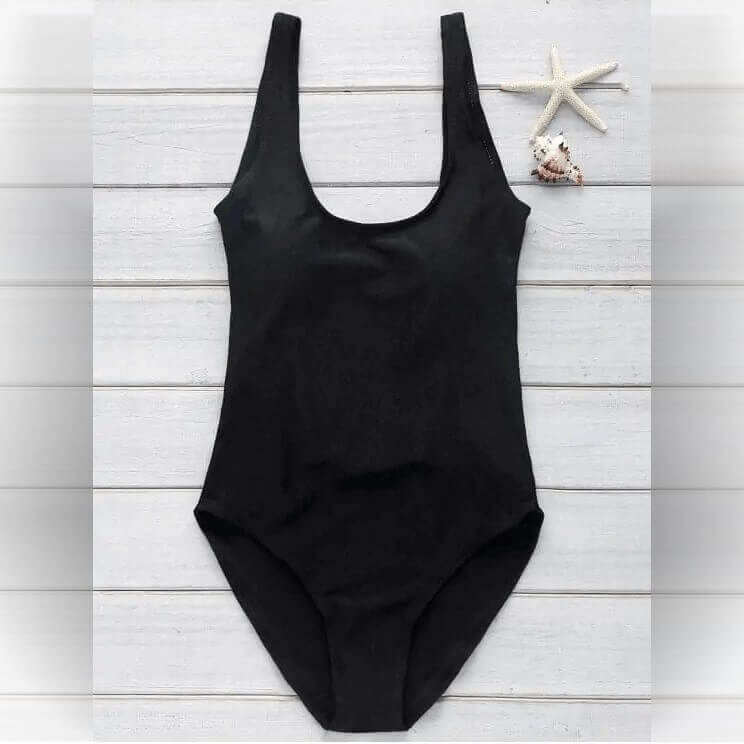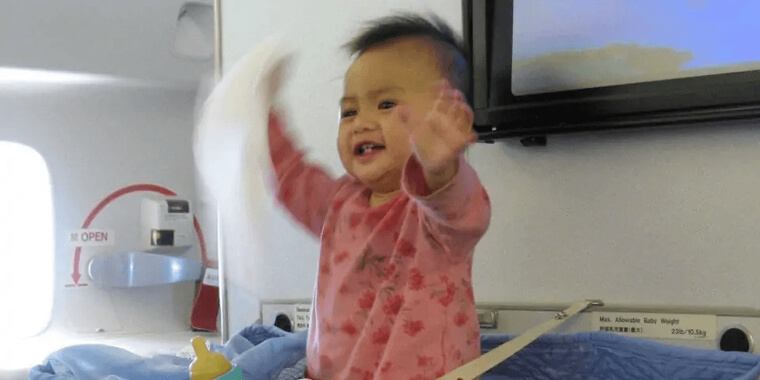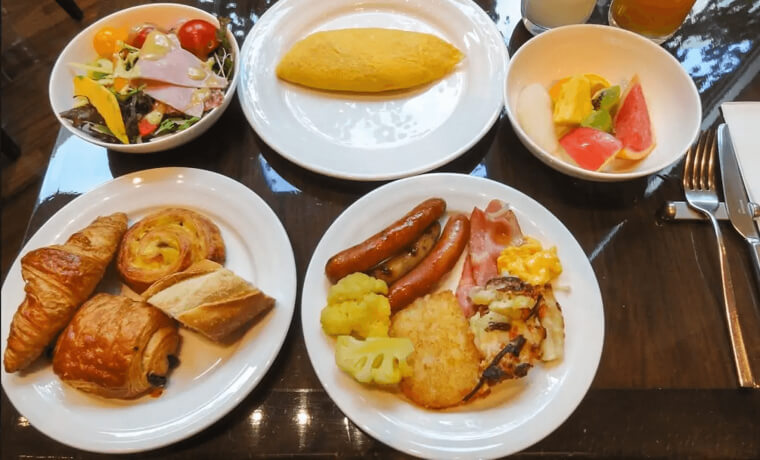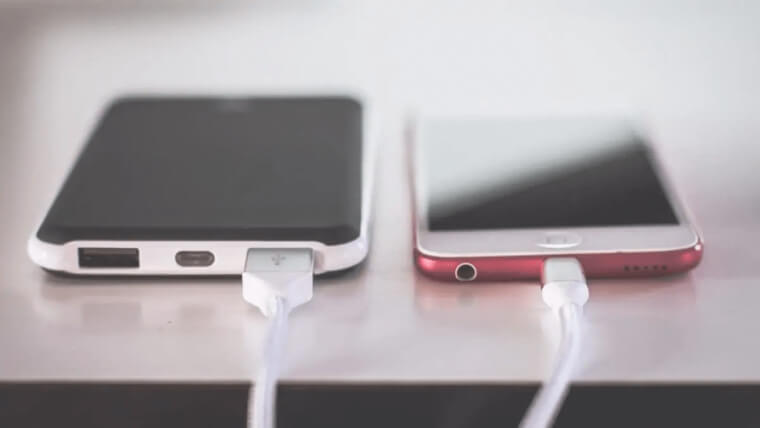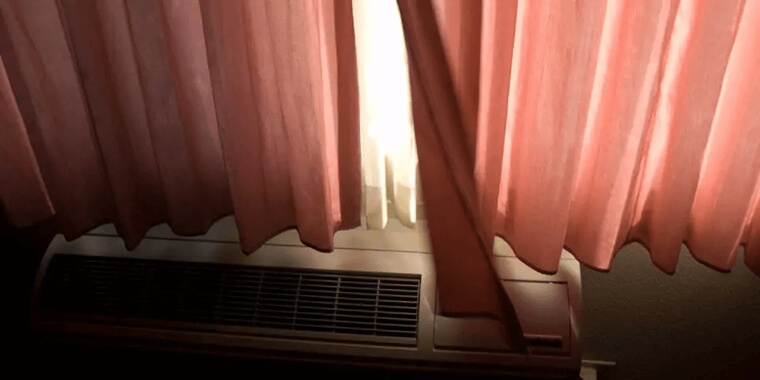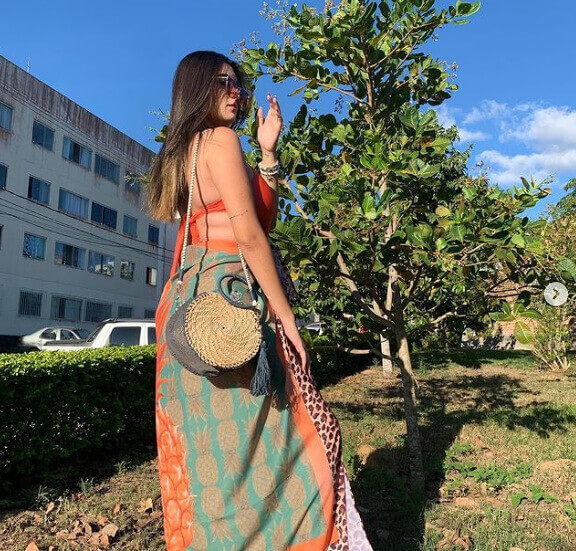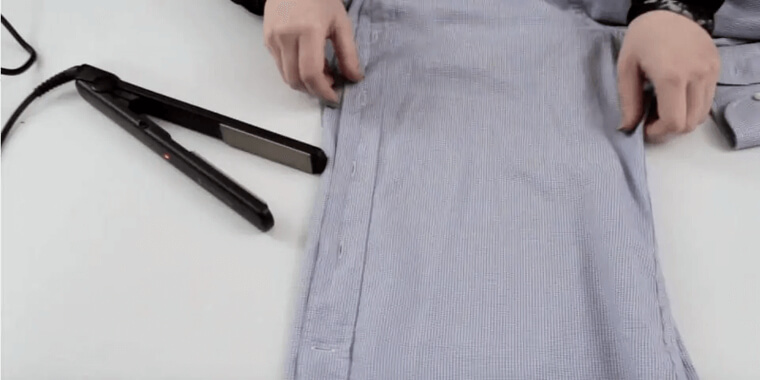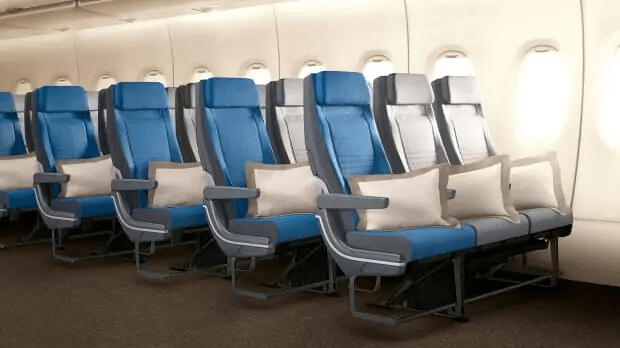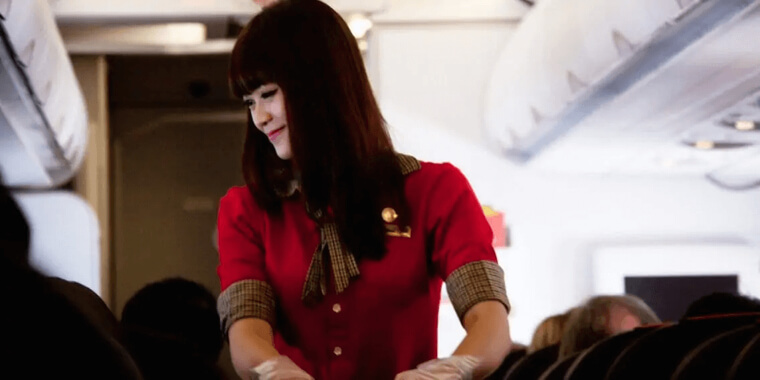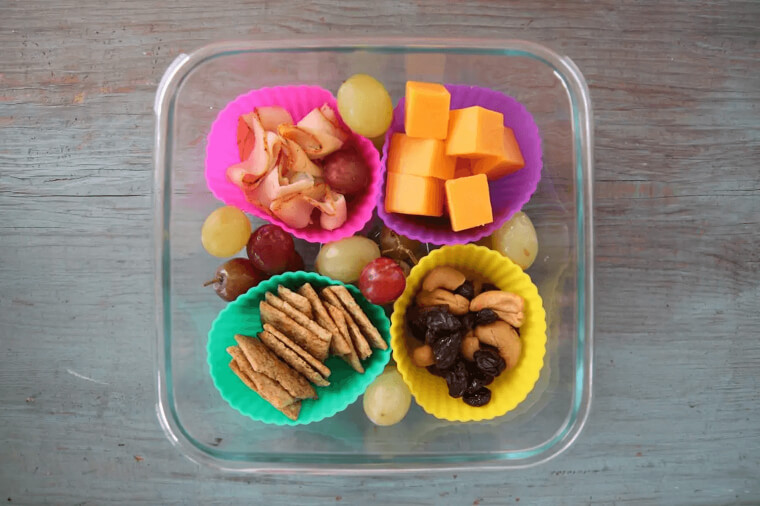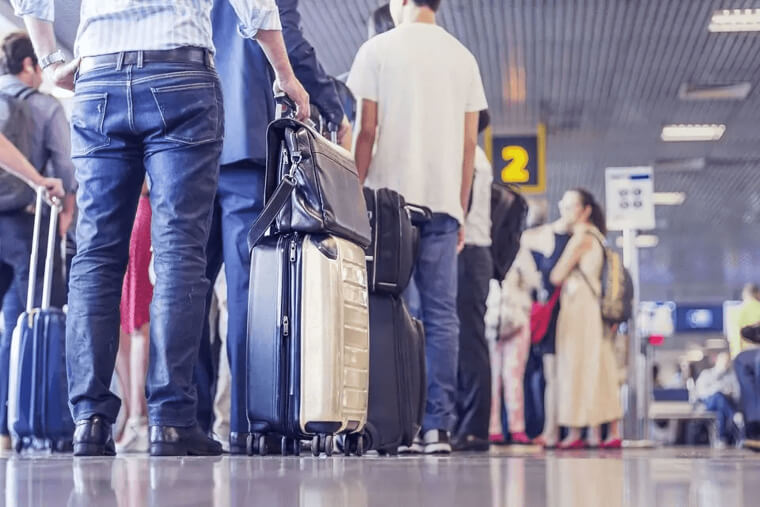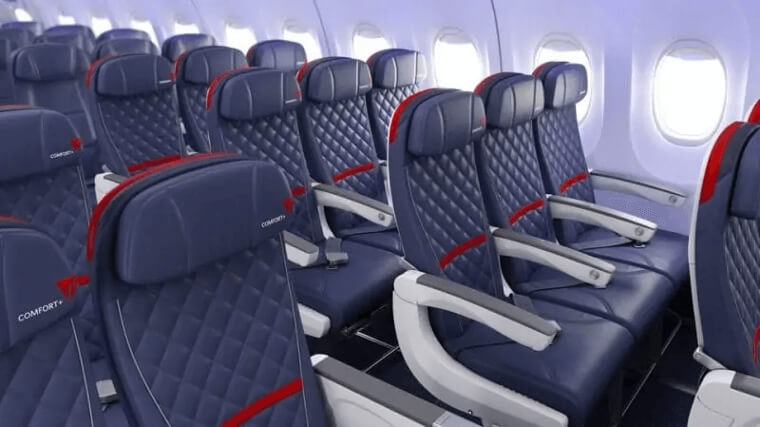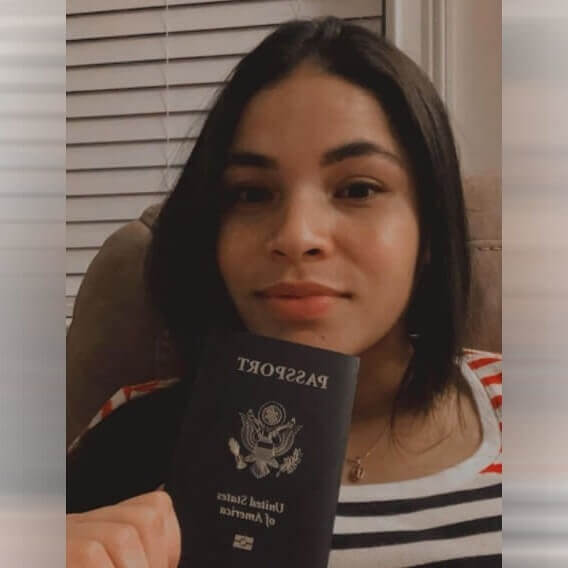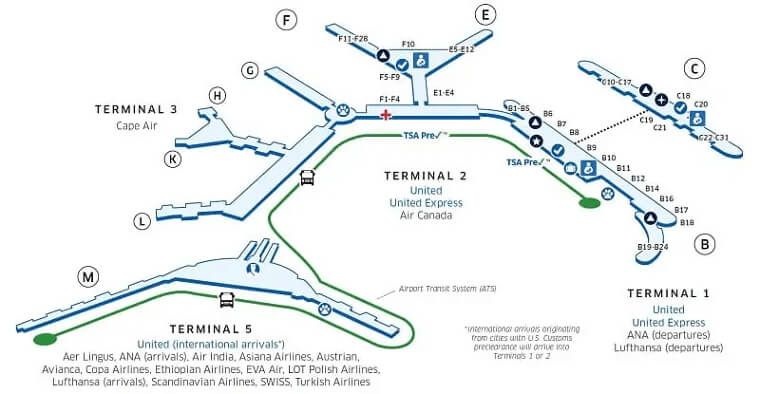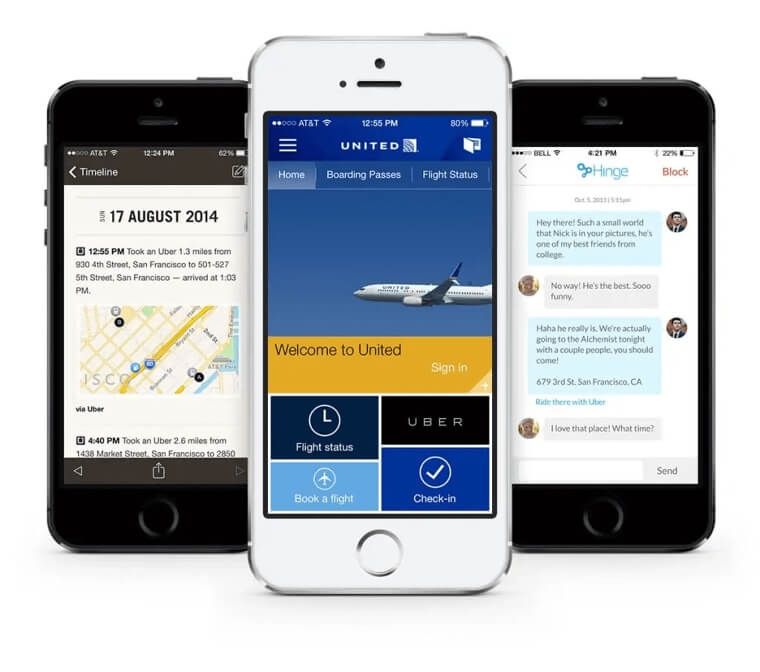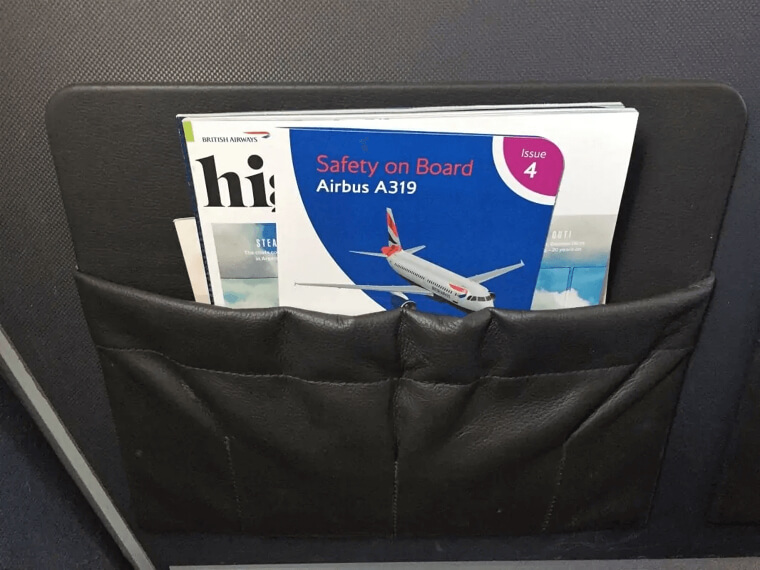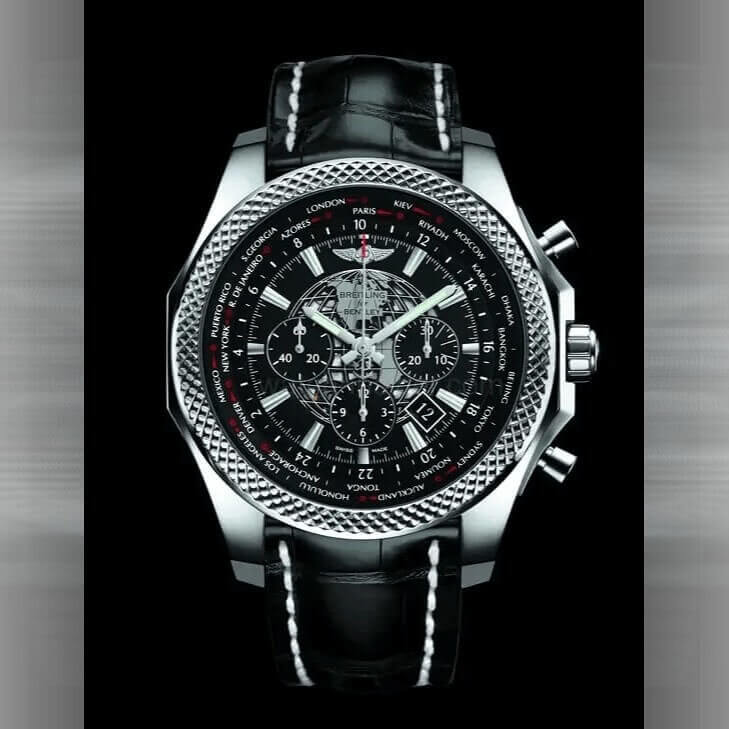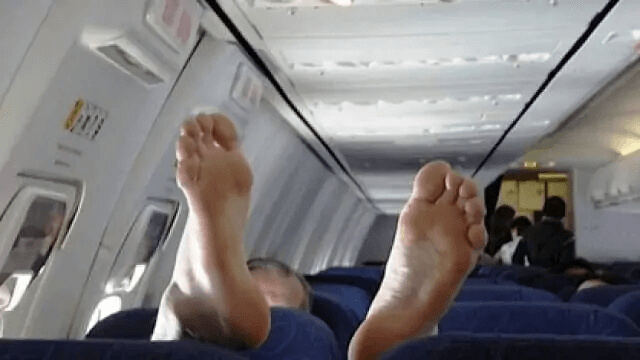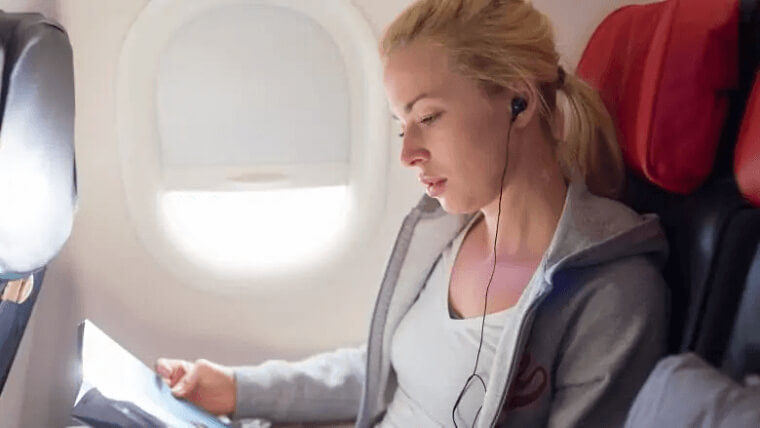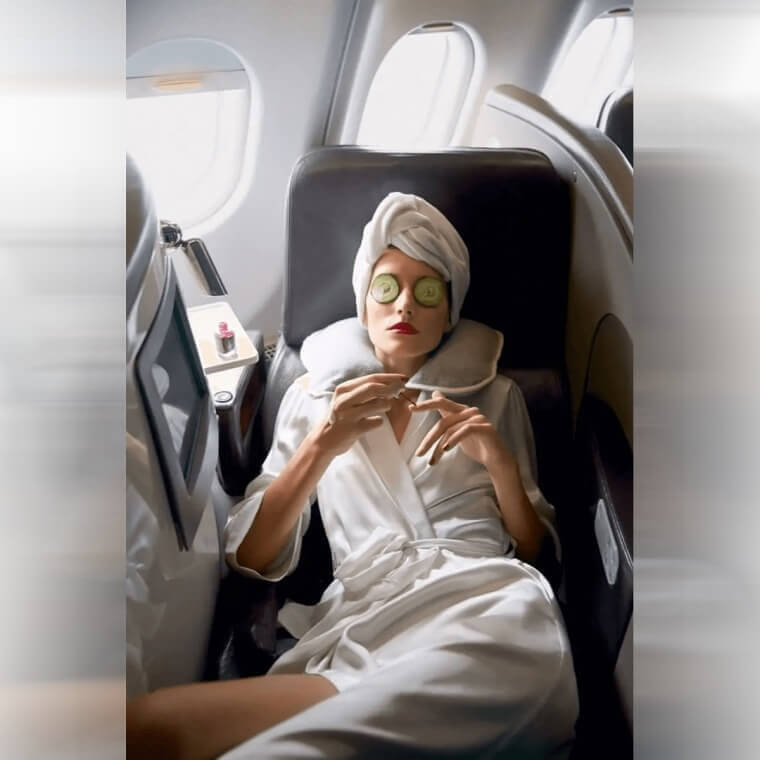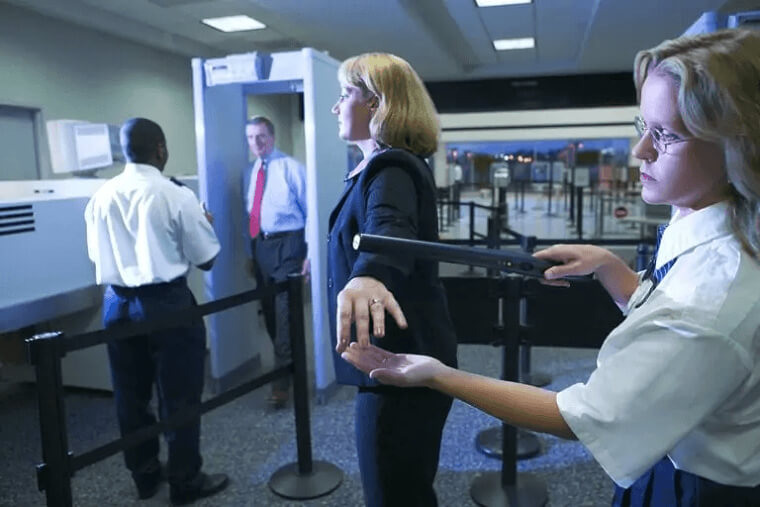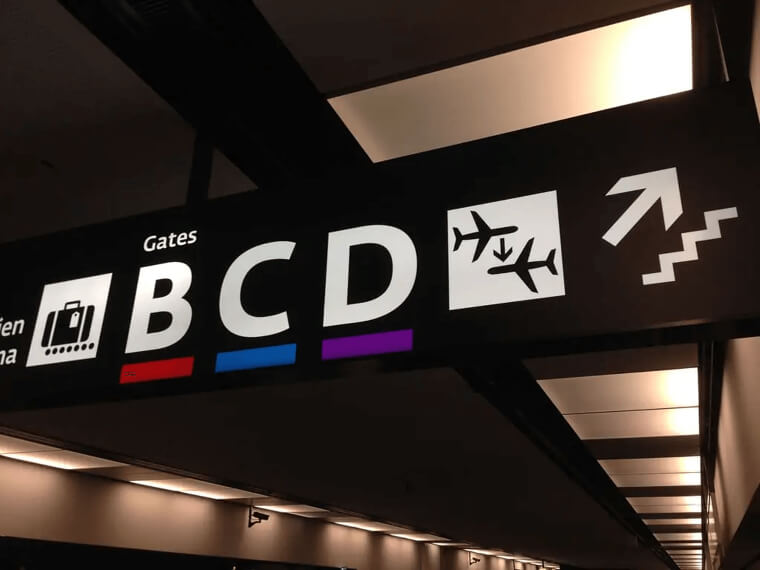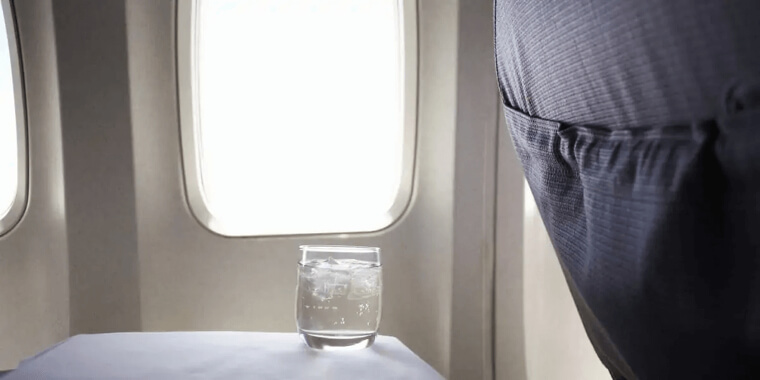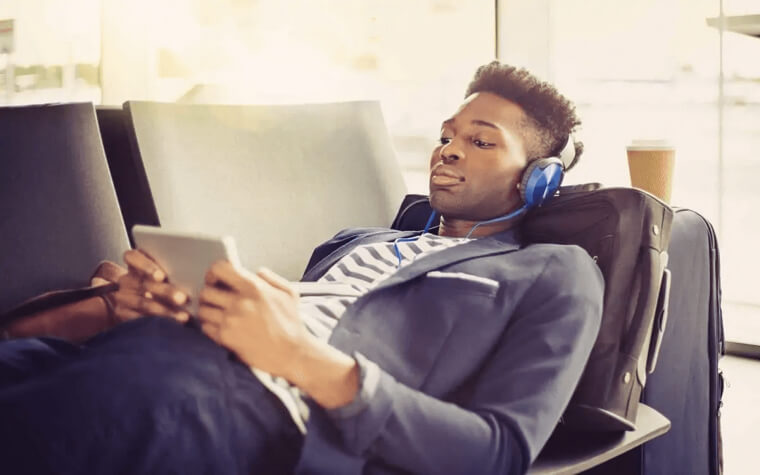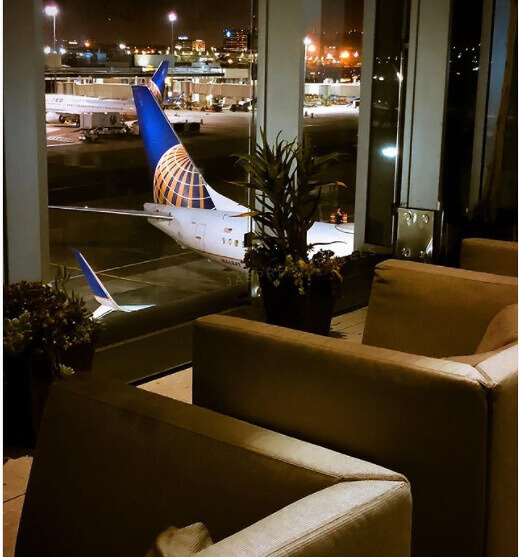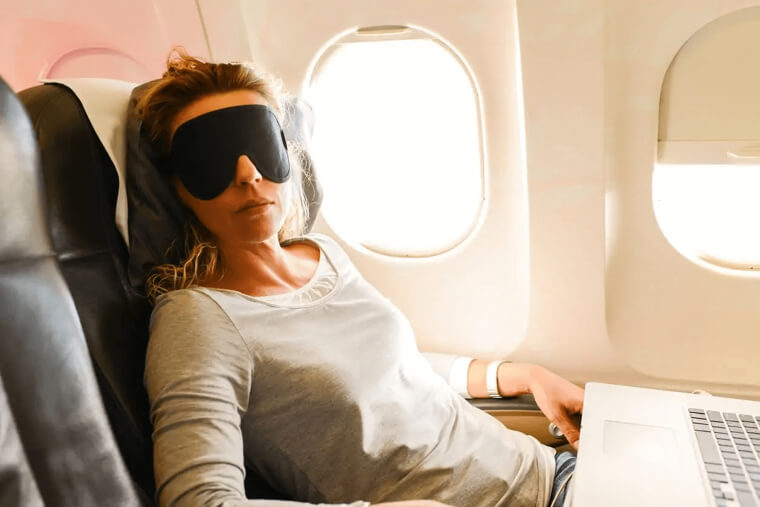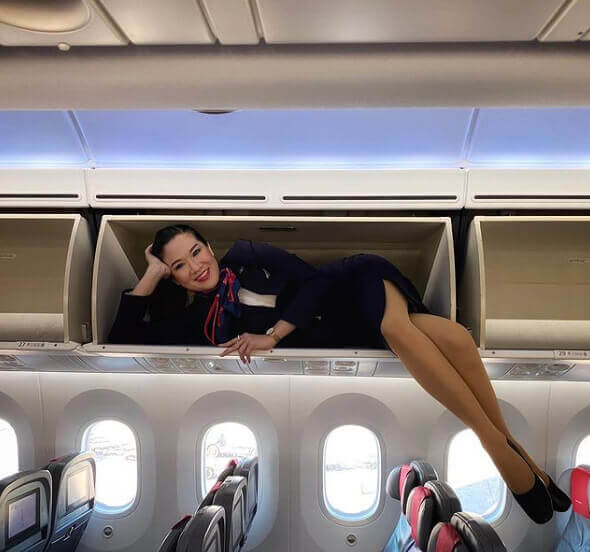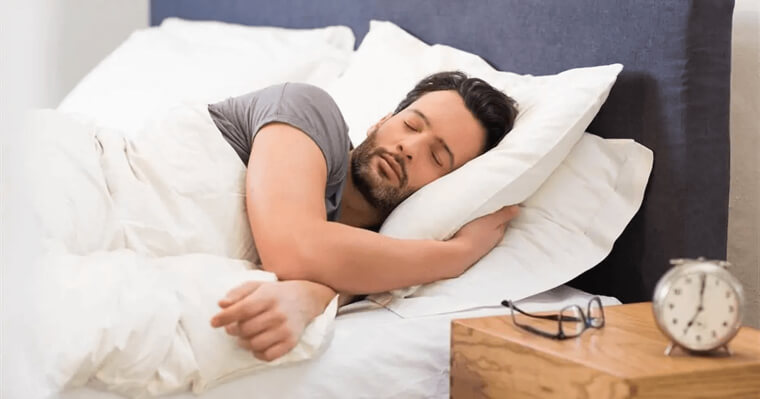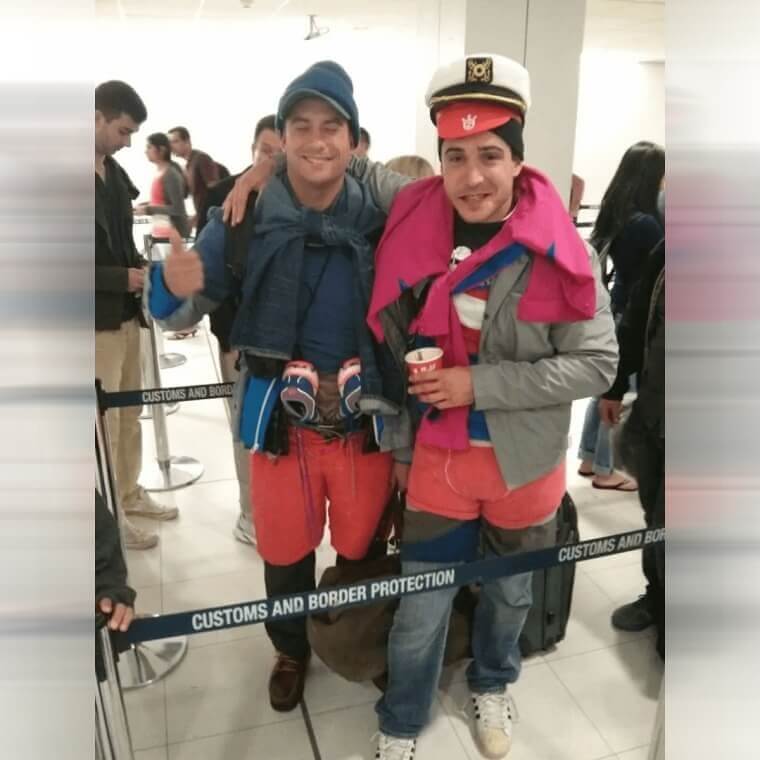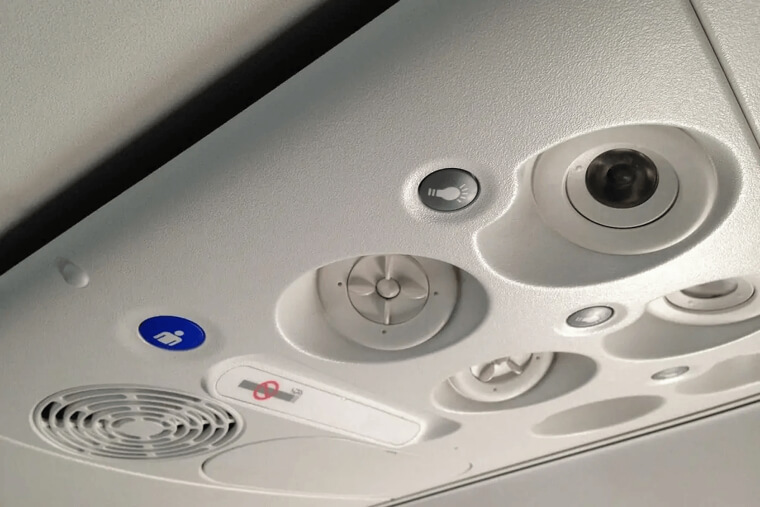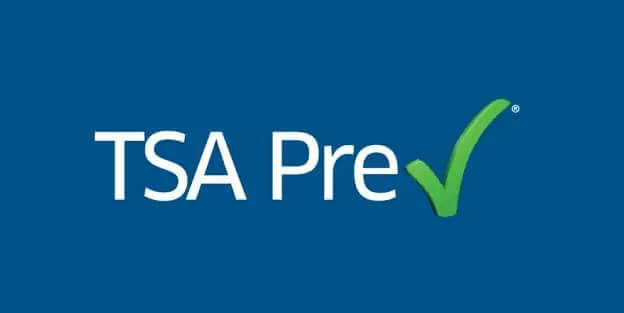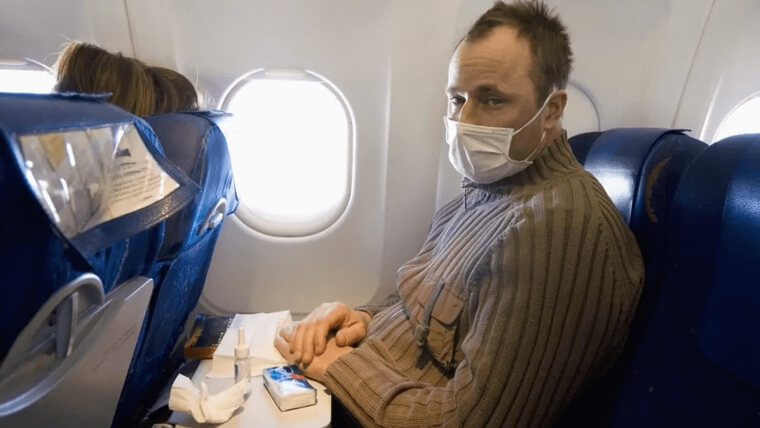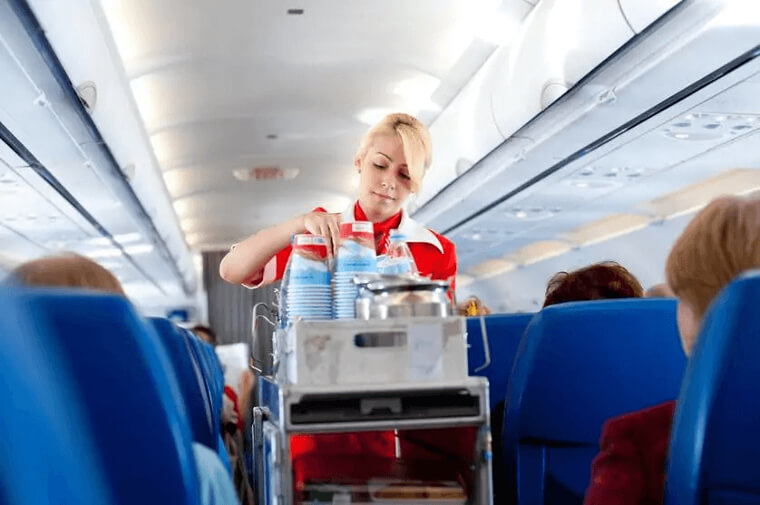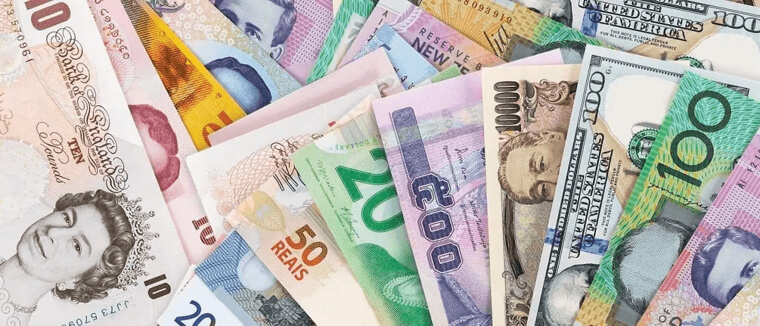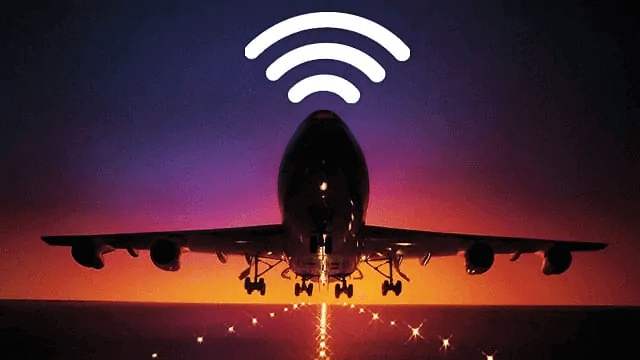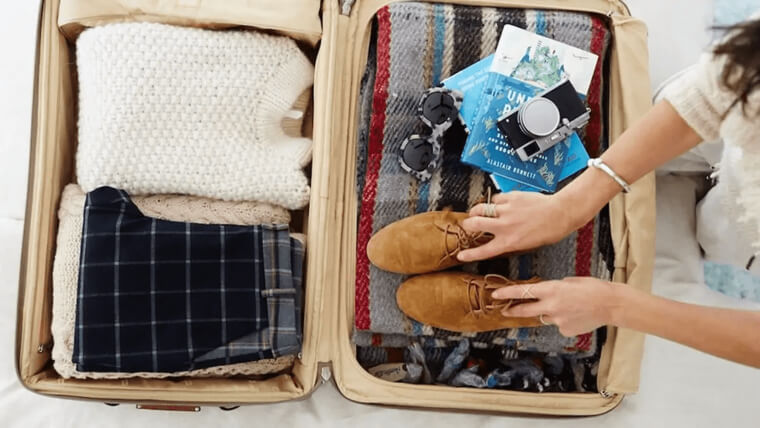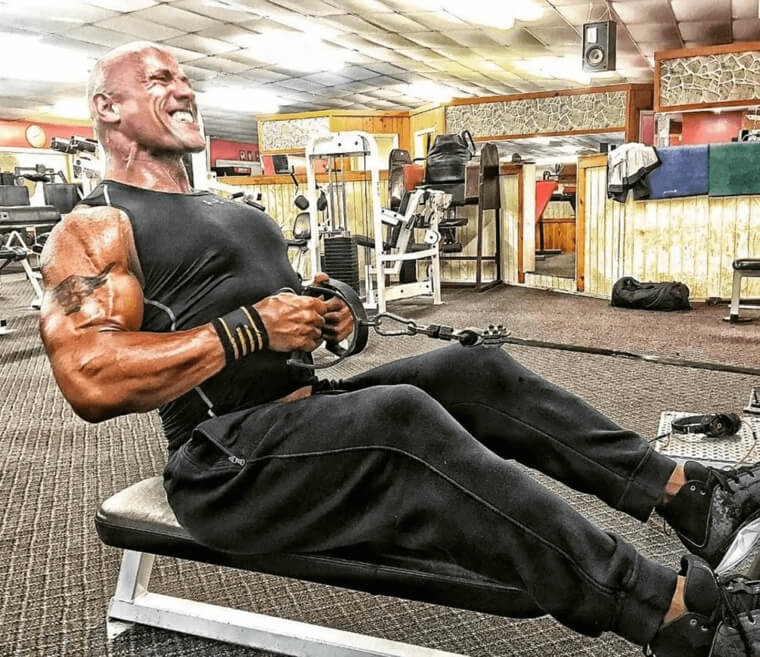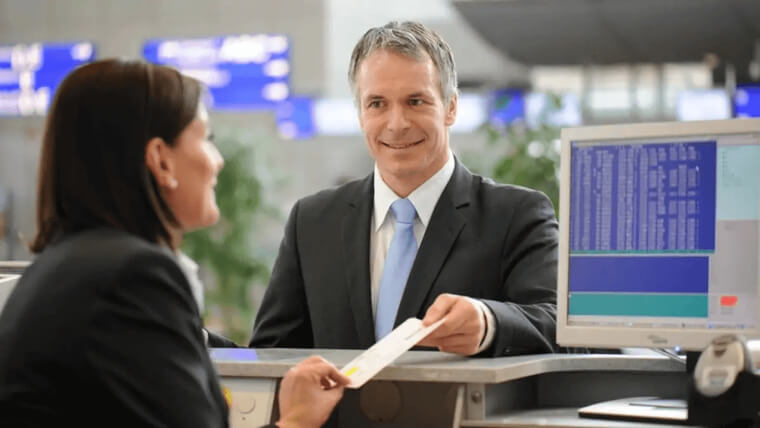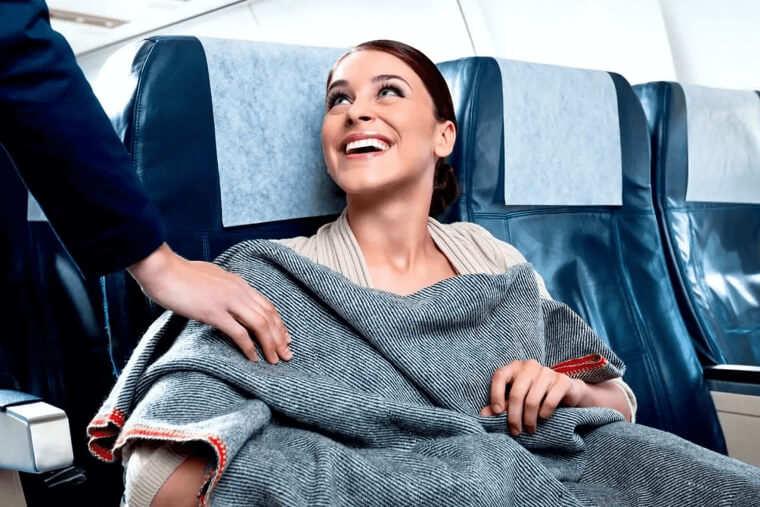Nab Some Freebies
Just because a traveller is sitting in economy class does not mean they don't have access to all sorts of freebies. Flight attendants are the ones with the power to determine who is an exemplary passenger, and therefore deserving of some extra glasses of wine or even an upgrade to business class.
Always treat the flight crew with respect, and realize that they are there to do two things - keep passengers safe and make sure they have an enjoyable flight experience. The flight crew remembers who was nice and who was not, and that will show in the level of service each passenger receives.
How To Get A First Class Upgrade
Some people opt to straight out ask for an upgrade as soon as they get to the airline check-in desk, but there is one surefire way to ensure an upgrade - frequent flier rewards. Most credit cards and airlines offer flight reward plans, all you need to do is select the one that is right for you.
Some plans offer free access to first-class lounges even if you aren't flying first class. Others offer inexpensive upgrades once you have accrued enough points. It is well worth it to sign up for one. Just make sure to always dress business casual when trying for an upgrade.
Roll Up Those Clothes
Whether packing for a couple of weeks or simply a weekend getaway, clothes will be needed. Some travellers like to pack multiple outfits, even if it is just for a couple of days. Instead of bringing two or three suitcases, which can cost some serious dollars if you are flying, consider using the roll technique.
First, choose all of the clothing you want to bring. Then, instead of leaving it folded or simply tossing it into your luggage, carefully roll up each piece of clothing. Not only will this leave it wrinkle-free, but it will save a ton of space, and leave room for extra clothing.
The Pros And Cons Of The Bulkhead
Anyone who clocks in at more than five foot nine knows that the extra legroom provided by sitting in the bulkhead area is a must. However, sitting in the bulkhead does come with a very important set of responsibilities that every person seated there must be aware of.
In the event of an emergency, the passengers in the bulkhead are expected to open the emergency doors, and in some cases, even deploy the inflatable slide for passengers to use. That is a lot of responsibility, which most fliers tend not to think about.
Grab A Cheap Upgrade
Nowadays, 24-hours before a scheduled flight is due to take off, airlines will try to sell off their business and first-class seats at a reduced rate. For customers who already have tickets for the flight, emails will be sent out detailing how much it would be to upgrade.
For shorter flights, it can be as little as $100 and for long haul ones, around $1000. Always ask when you check-in what the upgrade price is, as you may be pleasantly surprised that you can travel in comfort and style for a couple of hundred dollars. For any flight longer than 8 hours, it is worth it.
Hydrate
Anyone who has flown knows that water is the key to not feeling totally parched as soon as the plane lands. Before a flight even leaves the tarmac, all fliers should down a bottle of water to help stay hydrated for the duration of the flight. Drinking a cocktail might seem like a good idea, but be careful.
Alcohol has a tendency to dehydrate people on a regular day, but when flying it can lead to dehydration much quicker. Continuously sip on some aqua, and this will help any traveler to arrive fresh and ready for fun at their destination. Just be sure to take a trip to the bathroom before take-off and landing.
Blast Through Customs
Customs is one of those things that every traveler has to go through when they land in a new country. Each traveler lines up and waits for their turn with the customs agent, who will stamp passports and ask a few pointed questions about the purpose of the visit.
Sometimes these lines can feel like they are a mile long, which is why certain airports have installed electronic customs portals. In the United States, they have the Global Entry program, where machines can scan passports, and move travelers along.
Massages In The Air
Neck pillows are the norm for anyone wanting to catch some shut-eye, but what about small neck massagers? For some fliers, having to transit can be a source of stress and anxiety. One way to avoid being overly anxious is to bring some creature comforts, like a neck massager.
Portable neck massagers can be found from most online retailers, and they easily fit in a carry-on. Pull it out as soon as the plane takes off, close your eyes, and enjoy the soothing motions of the machine. Your fellow travelers will be envious for sure, just make sure it isn't a noisy massager.
Hey Big Tipper
All airlines have the ability to keep tabs on their frequent fliers. They can log in to their customer service software, search the passenger's name, and pull up a list of their flights. From there, they can even find key information about what kind of traveler they actually are.
Some travelers are known for tipping flight crew, and the bar staff in lounges, while others are known for being skint and rude. If you are a traveler who is always kind to the staff and tips big then any upgrades will likely be offered to you first.
Walk Around
For most fliers, sitting for upwards of 8 hours is anything but normal. Most people get up and walk around during the course of their day, and the same goes for flying. Sitting for too long can lead to leg cramps, and in some cases, blood clots. These can be avoided by moving around.
Every hour or two, get up out of your seat, stretch your legs, and saunter up and down the aisles. This will keep your muscles from getting sore, and your circulation going. If blood clots are a concern, consider investing in a pair of compression socks, and donning those for the duration of the flight.
Bring Laundry Detergent
Clothes need to be washed, and for anyone who is conscious of baggage fees, packing light is the way to go. After wearing the same outfit for a day or two, it can easily be hand washed in a hotel or hostel sink. There is one item that will be necessary for this process though, and that is laundry detergent.
Instead of buying a whole thing of detergent, save a few bucks, and bring some detergent pods in a resealable plastic bag. You will only need a couple if it is a shorter trip, and this will make washing clothes, and packing light easy. Some hotels and hostels even have washing machines for guests to use.
No Checked Bags, No Problem
Many travelers believe that they need to bring multiple changes of clothes, oodles of makeup, and a few different pairs of shoes. All of those items add up weight-wise and can mean that bags need to be checked. This can increase the cost of a plane ticket.
One way to cut costs is to take a real look at what is needed for a trip. Most travelers end up wearing the same outfit or capsule wardrobe and only need one or two pairs of shoes. Plan your outfits and only pack what is needed. Sometimes a carry-on bag will be just enough.
Sightseeing Tips From Pros
Flight attendants crisscross the globe, and that means they know where a lot of the best tourist spots are in whatever exotic cities they fly to regularly. Before you land at your destination, try and engage some of the flight crew in conversation and find out where their top ten sightseeing places are.
The flight crew will know what some of the hidden gems are in the city, as flight attendants from that location will have shared the best spots with them. That way, you can live like a local for a day or two and savor the best cuisine, bars, and everything in between.
'BYOE' Or Bring Your Own Entertainment
Many airlines offer in-flight entertainment both for free and at a cost. Always check what kind of entertainment system is offered by an airline prior to check-in. That way, alternative sources of entertainment can be brought for the flight. Tablets and smartphones have the ability to download new TV shows.
As well, sometimes a good old-fashioned paperback can be just as entertaining as watching a movie for a few hours. Every seasoned traveler knows that a book and some kind of personal electronic device are needed for a long haul flight.
The Jet Lag Ritual
As soon as the excitement of landing in a new destination wears off, the jet lag sits in. It is inevitable that a traveler who has gone eight hours into the future will begin to feel the effects of jet lag. Flight attendants live by a ritual to avoid these effects and get a good night's sleep.
First off, they put their phones away for at least an hour before bedtime, enjoy some quiet time meditating or reading, and then relax into a restful slumber. If all else fails, sometimes a sneaky sleeping pill can help you acclimate to the new time zone.
The Classic One-Piece
Women know that there are certain must-have items, and a black one-piece swimsuit is one of them. This versatile piece of clothing should be packed no matter where you are going, whether it is to the beach or to the mountains. It is impossible to know when a bathing suit might be needed.
On top of that, the one-piece can be worn as a makeshift body suit, or underneath a tight-fitting dress that requires a bit of shapewear. Many bathing suits work the same way shapewear does, so be sure to purchase one that does both.
Stay Away From Babies
Babies are adorable, but they don't make the best seatmates on long-haul flights. For the traveler looking for a quiet flight, avoid selecting a seat in the bulkhead. This is where parents and babies tend to be booked, as the bulkhead overs extra room and in some cases, clip-on bassinets.
Choose a seat towards the back of the plane, but not too close to the lavatories. These tend to be quieter areas that don't have as much foot traffic as well. When all else fails, earplugs are a traveler's best friend on a flight with crying children.
To Go Breakfasts
Getting up for an early morning flight can be tough. For travelers staying at hotels, a 5:00 a.m. flight means that there won't be a breakfast buffet to eat at pre-flight. Most hotels offer a special service though, which is known as a packed breakfast.
These breakfasts can be ordered the night before, and the hotel will provide a doggy bag or container full of breakfast food. This is perfect for the traveler that doesn't want to eat airplane food, as hotel food tends to be fresher and just a bit tastier.
Extra Chargers
Smartphone chargers are one of those devices that every traveler needs. Luckily, most chargers can be used for different devices, all that is needed is the correct USB plug-in. However, there comes a time in every traveler's life where they accidentally leave a charger plugged into a hotel room wall or next to a seat in an airport lounge.
It can take a while for a person to realize they have forgotten their trusty charger, which is why a spare should always be packed either in carry-on or in checked baggage. That way, no matter what, a charger is available should one go missing.
No Flying With Colds
Flying while sick is frowned upon, but flying with a cold or flu-like symptoms should be avoided under most circumstances. Testing for certain viruses is the norm now, but flying with your everyday cold should also be avoided where possible.
The reason for this is that there is the potential to damage eardrums during the pressure changes experienced during lift-off and landing. Sometimes these changes can lead to plugged eardrums and that feeling of not being able to hear. Always check if there are other transportation options when traveling with a cold.
DIY Blackout Curtains
After 10 or more hours on a flight, sinking into a soft hotel room bed can feel a lot like heaven. However, as soon as some pesky rays of sunshine begin to poke through the gap in the curtains, this can make the experience feel a tad less heavenly. There is a trick to keep curtains closed.
Hair clips, especially the claw clips used to hold back hair are remarkably effective at keeping curtains closed. All you need to do is grab two or three, and pinch the curtains together and clip them shut. This will keep any light from entering the room, create a nice dark space for sleeping.
The Multipurpose Pareo
Pareos have been used in Tahiti and the Cook Islands for decades as wrap-around skirts. Over the years, travelers have begun wearing them as beach coverups, but these long pieces of colorful fabric can be used for a variety of other activities.
When flying, they can be used as makeshift blankets or privacy curtains. If you want to enjoy an impromptu picnic in a park or on the beach, they can be laid out and there is enough room for two people. Always keep one of these in a backpack.
The Mystery Of The Creaseless Sheet
Most people assume that a nicely made-up bed in a hotel or Airbnb has clean sheets on it, but that is not always the case. If a flat sheet has no creases, this can be a sign that the sheets on the bed were not changed after the last guest. Nobody wants to sleep in a used bed.
Check the sheets for creases, and if in doubt, call the front desk to have housekeeping come up with new sheets to remake the bed. The same goes for duvet covers, which most hotels do not change between guests.
Iron Clothes Without An Iron
This hack is for the ladies and gentlemen that travel with a flat iron for their hair. While flat irons are great at smoothing out frizz and creating sleek hairdos, they are also excellent at smoothing out wrinkles in a blouse or pair of pants.
Heat up the flat iron the same way you would for hair, but instead of running it through your locks, glide it over the wrinkled spot on your dress or pants. It will smooth out the wrinkles in no time, leaving you a few extra minutes to dab on some makeup and get ready to hit the town.
Working Out For Jet Lag
Jet lag can be a bit of a drag. After all of that time spent flying, wanting to crawl into bed and sleep for the whole day is not ideal. That's why travel experts have begun recommending workout sessions both before take-off and upon landing.
Do a normal workout routine the same day you fly, and as soon as you have landed and checked in to your accommodation do a similar workout in the new place. This will energize your body, and help it get accustomed to the new time zone much faster than simply sleeping.
Sit On The Left Side
There is a system to seat booking, which many frequent flyers are not aware of. While airplanes have doors on both sides of the plane, most airports dock their gates on the left side. So what does this mean for flyers? It really depends on how fast you want to exit a plane.
The left side of a plane tends to exit first, and that is because those seats, and thus, the passengers are the closest to the docking port. Keep this in mind for the next flight you take, and if you have a close connection, try and get a seat on the left.
Find The Best Service
Sitting at the back of the plane comes with a variety of benefits, and really only one negative. The negative is that these seats are the closest to the lavatories which means there will be a lot of passenger traffic. However, it is also in close proximity to the flight crew.
The flight crew has their quarters and the galley at the back of the plane. This means as soon you hit the flight attendant button or need an extra snack the flight crew will be right there. They prefer to help passengers closest to them, rather than farther away.
Pack Meals
Every flight is different, but for most traveling in economy, the expectations for a delicious inflight meal are low. To avoid having to pay for a subpar sandwich, consider packing a meal. This could be a delicious cheese and meat plate, which can be paired with some inflight wine.
Passengers with dietary restrictions can also ensure that they get a nutritious meal by making one at home, and bringing it onboard. Just try and avoid foods that have strong smells, as that may affect some of the other passengers who are sensitive to them.
Wear Slip On Shoes
This one might seem like a no-brainer, but many travelers have not considered it. Shoes that require zippers, buckles, or laces can be pretty time-consuming to take on and off. Airport security usually asks people being screened to remove their shoes, and anyone with complicated shoes can hold up the line.
Don't be that person by wearing slip-on shoes, like sandals, flats or boots. Not only will this help speed up security, but they will likely be more comfortable than a pair of sky-high stiletto heels that lace up to the knee.
Window Or Aisle?
Choosing a seat for a flight should be strategic. Some flights offer premium seating at a cost, like extra leg room while others simply allow flyers to choose whatever seat they want on a first come first serve basis.
There are typically three seats to choose from: the window, the middle, and the aisle. Unless you are traveling as a family, nobody wants the middle. That leaves the aisle and the window. The window is good for travelers that like to watch the clouds, and the aisle is perfect for those that like to wander around mid-flight.
Travel Document Holders
There are some pieces of documentation that no traveler can be without. Namely, a passport or identification card, sometimes an entry visa, vaccination records, and any other documents needed to enter a country. These are not something that can be misplaced.
To avoid misplacing important travel documents, keep them in a designated document holder, or in the front pocket of a backpack or carry-on. That way they are in easy reach, and you never have to worry about digging around for them.
Map It Out
No airport is the same, and while some may be easier to traverse than others, having a quick look at an airport map might be a real-time saver. Most airports have websites with maps of the terminals which lay out where lounges, restaurants, and shops are.
Always have a look at an airport map before traveling to know where everything is, and make sure you have access to the amenities you need before take-off. This is also good for short connections and figuring out where the next gate is.
Airline Apps
In the age of technology, pretty much every airline has its own app. Before you fly, download the app for your airline and use it to check-in to your flight, select seats, find out airport information, and even access in-flight entertainment. There are some additional benefits as well.
Most of the apps will alert you if your flight is canceled, delayed or if there has been a gate change. It is the perfect way to track all travel-related information and ensure you are in the right place at the right time.
Seat Pockets Are A No Go
Seat pockets are one of the areas on a plane that are rarely cleaned. Sure, a new magazine might be slotted in and a barf bag, but not a lot of actual cleaning happens. These deep pockets are not something that a flyer should use unless they have to.
Any item that goes into a seat pocket might be forgotten and never seen again. If you are going to place a book or a phone in one, set a reminder on your phone for before you land. That way nothing will be forgotten.
Tune Into The Time Zone
International travel is exciting, but one of the less exciting aspects is dealing with jet lag and getting used to a new time zone. Most travellers opt to fly to their destination, and then try and acclimate to the new time zone by staying up all night, or forcing themselves to stay awake for the day when it is their night.
A great method for dealing with a major time zone change is to add the timezone to all of your digital devices including your watch. That way, you can slowly acclimate your body to the new time zone before you even land. Your body will thank you, and you should be a lot less tired and ready to sight see.
Shoes Off, Socks On
In the summertime, most travelers enjoy traveling in sandals which means bare feet. There's nothing wrong with this or slipping those sandals off while in your seat. However, shoes should always be kept on in common areas and during trips to the washroom.
With hundreds of people using the lavatories on an airplane, those washrooms can quickly become full of germs and all sorts of fluids better left alone. Wear shoes or at the very least socks, when walking around the cabin and the bathroom.
Layer Up
Have you ever found yourself 20 minutes into a flight, only to realize it is freezing cold in the cabin? The opposite can also happen, where it becomes uncomfortably warm. Due to changing cabin temperatures, flight attendants have always suggested layering up.
As soon as it gets too cold, or too hot you can add or take off a layer of clothing. We suggest wearing a tank top or a lightweight tee, long-sleeved shirt, and a sweater or sweatshirt for flights. Wearing extra clothes also leaves room in the luggage for other outfits.
Unwrapped Gifts Only
This is a tough one, but airport security does not care about unwrapping gifts that aren't for them. If a wrapped gift goes through the X-ray machine and is flagged by security for further scrutiny, then security will unwrap the gift to scan it.
Avoid having to rewrap gifts by leaving them unwrapped until you reach your final destination. That way you will only have to wrap them once, and you can find some cool local wrapping paper to use. The small businesses in the area will thank you!
Pamper Yourself
All of that recycled air and lack of moisture in the air can dry skin out and leave it looking pretty thirsty. Keep skin looking and feeling fresh by routinely sipping on water, and misting your face with a nice spray. If you want to look as fresh as possible then a sneaky face mask might be the way to go.
Grab your favorite sheet mask, and apply it while you are resting in your seat. Other passengers might look at your a bit strangely, but your skin will thank you for the hyaluronic acid and any other hydrating agents in the mask.
Metal-Free Clothing
A lot of clothing comes with metal bits from the buttons on jeans to the underwire in a bra. However, these metal bits are something that makes the metal detectors in airport security go off, which can lead to increased security checks.
One way to avoid setting the detectors off is to wear clothing that does not contain any metal. This is fairly easy to do if you plan your outfit in advance. For example. sweatsuits don't have any metal and they are extremely comfortable to travel in.
Always Look Up
Staring at your feet is never a good idea unless you are learning the steps to a new dance. In an airport, you always want to look up. All of the relevant signs will be placed along the ceiling and at eye level.
If you are looking for a gate, stairs, washrooms, and any other airport amenity, it will be listed on a sign likely attached to the ceiling. For all other information, look for information points, which will be pointed out via signs.
Bottled Water Only
It is a well-known fact, that the water tanks on airplanes that feed water into the lavatories are not washed on a regular basis if ever. These tanks tend to be full of germs that make the tap water on planes undrinkable.
If a flight attendant offers water from a bottle, that is drinkable, but the coffee and tea offered are made from the water from the tanks. It is best to avoid this water unless you can guarantee it is from bottled water. Nobody wants to arrive with a stomach bug.
A Sound Bubble
The roar of airplane engines tends to drown out other sounds, but the roar itself sometimes needs to be drowned out. Savvy travelers know that noise-canceling headphones or earplugs are a must for long-haul flights.
A good pair of noise-canceling headphones give a flyer the ability to tune out the crying baby in the cabin and enter a world of calm where only their music or the movie they are watching exists. Investing in a good pair is highly suggested for all travel.
Flight Connections
Flying direct is not always possible, especially if it is from North America to a destination in South America, Asia, or Africa. This means that many flight connections will be needed, and anything less than 45 minutes is not ideal. Flights get delayed, that is a fact of life.
A delayed or late flight can mean that the next leg of the journey is missed. When booking flights, always ensure that there is more than 45 minutes to connect, otherwise, you might just find yourself stuck in another destination.
The Perfect Sleeping Pack
Unless you have shelled out the big bucks for a business class or first-class seat, you will likely be enjoying economy class. While these are not the most comfortable seats they do get you from point A to point B. Catching some shut-eye is important, which is why seasons travelers bring the sleep essentials.
The essentials include an eye mask, a neck pillow, earplugs, and a small blanket if there is room. All of these will contribute to a nice doze mid-air, and help you to feel fresh upon landing.
Don't Block The Aisle
When it comes time to board, most passengers store their bags in the overhead compartment and scoot into their seats. This keeps the aisle from being blocked and allows everyone to make their way to their seats.
This is not the time to open up your carry-on bag in the aisle, blocking the passengers behind you, and start looking for things. Once the plane has taken off this can be done, but everyone is on a schedule, and that does not include waiting for passengers looking for snacks and headphones.
Changing Sleep Schedules
Jet lag can be annoying, but there are a variety of ways to avoid it. One way is to start going to be earlier and waking up earlier to allow for the time change in your future destination. It will be hard to sleep at 7:00 p.m. but it will make acclimating that much easier.
As soon as you land, stay awake, and enjoy the day as you would back home. Sleeping all day and being awake all night only makes the transition that much harder.
Coats On A Plane
Nobody wants to pay hefty baggage fees if they can be avoided. Bulky clothing like winter parkas, cowboy boots, and anything else that takes up some serious space in a suitcase should be worn on a plane. There is an added bonus to having a coat onboard.
Flights can be cold, and a nice warm coat makes a perfect blanket to cozy up under. If it's not cold, a coat can be rolled into a pillow for a nice nap.
Sanitize Air Vents
Air vents might seem pretty innocuous, but like the seat pockets, they too can be germ-infested. Grab an alcohol wipe and carefully swipe it around and over the closed air vent. This should kill off any germs that may be lingering around.
The vent itself should be pointed away from your face at all times, as it could then directly blow recycled germ-containing air into your face. A face mask can also be worn for added protection from germs, and this is now pretty normal when flying.
TSA PreCheck
Many countries offer their own pre-security checking systems, and in the United States, they have the TSA PreCheck. This program allows frequent flyers to do a pre-security check to speed up the process once they arrive at the airport.
This is a fee-for-service program, but it is well worth it for any traveler that does not want to have to wait in a long security check line before their flight. We recommend checking out your own country's pre-check security services.
Sanitize The Tray Table
Another area around a passenger's seat that needs some extra sanitizing is the tray table. While these are wiped down by cleaning staff before most flights, they are not always as thorough as they could be.
Grab one of the sanitizing wipes provided by most airlines, and carefully wipe down the front and the back of the tray table. You will be eating off of it, and placing some of your belongings on it, so it is important that this space is as germ-free as possible.
Beverage Service And The Bathroom
When you have to go, you have to go, but on a flight, there is one time where that may prove difficult. As soon as a flight attendant starts beverage service, passengers should be aware that this is a bad time to go to the bathroom.
The beverage cart will block the aisle until the service is finished, which means anyone out of their seat will have to wait to get back into it. Try and hit the bathroom before the service starts, and after it has finished.
Find The Best Currency Exchange Rate
Many travelers land in a new destination and think that the airport will offer good exchange rates at their destination. This is usually not the case though. The currency exchange kiosks are designed to make money, and one of the ways they do this is through poor exchange rates.
Go to your local bank before you travel and order in the currency you need, or go to a bank in-country to exchange cash. Most debit machines will also provide the currency you need when you withdraw at your destination.
When To Use In-Flight Internet
Many of the big airlines now offer in-flight internet as a paid service. This is great for people wanting to stream music, message their friends, and catch up on emails. However, business travelers actively need to use the internet to work.
This means that early morning flights on weekdays tend to have very slow internet because many of the passengers using the service are working. The weekend is a better time to pay for internet when flying, as it will likely be faster.
Establish A Packing Method
Some travelers like to throw some clothes in a bag and hope for the best. Frequent travelers tend to know better, as a packing method means that nothing is forgotten, and space is maximized. To create a packing method, first you must create a packing list.
From there, items can be ticked off and packed away in packing cubes or rolled up depending on the method of packing you want to use. Everything will be in its place, and nothing will be forgotten or misplaced pre-flight.
Country Gym Memberships
Many countries have chains of gyms that are spread across the nation. If you find yourself traveling domestically, then purchase a gym pass that grants access to all gyms in the country.
Not only will you be able to stay in great shape, but you will be able to meet locals in the area. Traveling solo can be a lonely business, and making new friends is a great way to stay busy and have a work/life balance.
Always Be Polite
Traveling can be stressful, especially if a flight is delayed or canceled. While it might be difficult to stay calm during these situations, all travelers should. Being polite to the flight crew and any other airline crew will only help the situation.
The flight crew remembers which passengers were not polite, and if you want to have service that is above and beyond, make an effort to be nice. It may even result in a flight attendant slipping you a free cocktail for not being a difficult passenger.
Vitamin D
Not all destinations will have bright blue skies and sunlight, but all passengers do need a dose of vitamin D after a long flight. if there is a sunny park close by, consider sitting on a bench and soaking up some rays for the vitamin D.
If real sunlight isn't available, pop a vitamin D tablet. Vitamin D helps to boost moods and a little bit of sunshine never hurts anyone, especially after hours on a plane.
No Plastic, No Blanket
In this day and age, we are all about sanitation and sanitizing. Most airlines wrap clean blankets in protective plastic wrap to signify that they are indeed clean. If a blanket is unwrapped, then you should consider asking for a new one.
A blanket that has been used by another passenger may contain germs that lead to things like the flu and the common cold. Don't use a blanket that has not been cleaned, just politely hand it to a flight attendant.
Turn Off Screens
Sleeping on planes is difficult, but one of the methods those in the know use to help them sleep is avoiding screen time. All screens whether it is a phone or a tablet should be turned off an hour before bed.
This helps the brain unwind, and the body acclimates to the airplane seat, sounds, and lights in the cabin. A quiet mind that hasn't been stimulated by a movie will be able to sleep more easily.

